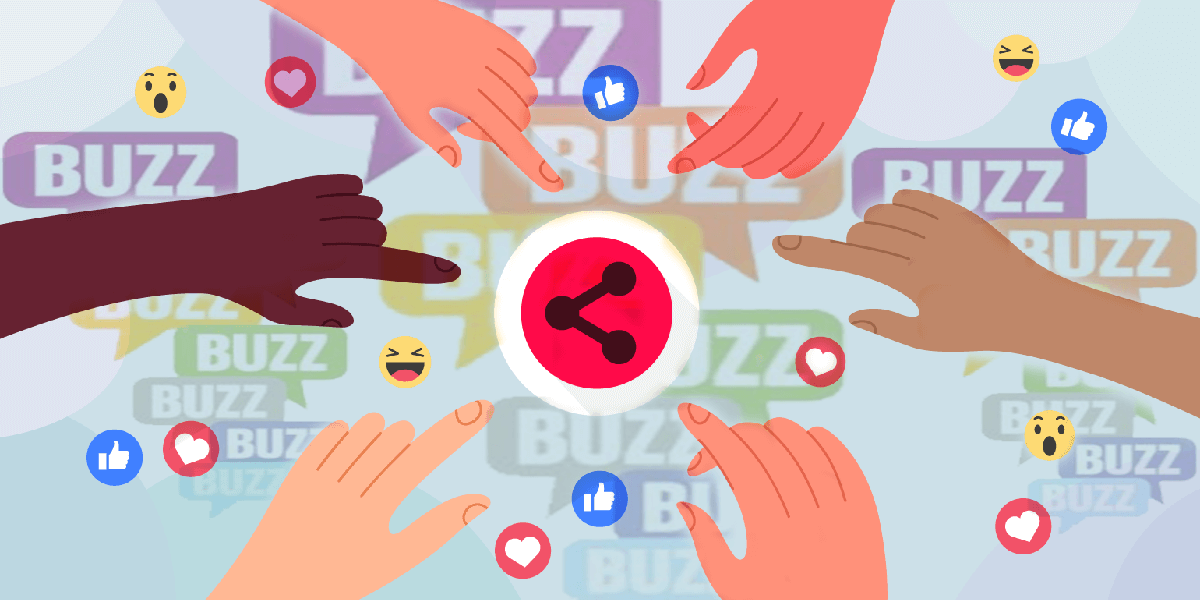
Before digital marketing techniques came about, word of mouth was the key to brand awareness. In today’s digital age word travels at light speed with the rise of social media. Through this phenomenon, viral and buzz marketing were born. The question becomes, how do marketers use each strategy, and is there a difference between the two?
A more in-depth look at viral marketing
Viral marketing is a strategy that primarily relies on social media networks to spread a company’s message. If you use viral marketing strategies effectively, it can vastly increase the number of shares and views your campaigns get, boosting brand awareness and audience engagement.
This technique is not easy to implement. There are several prerequisites to the success of a viral marketing campaign. Christopher Parker, a marketing specialist from Flatfy, discusses the following principles of viral marketing:
- Appealing to emotions. A viral message always addresses a specific emotion, so you should create it in a way that will provoke a certain feeling.
- No obstacles for the message. A successful viral message travels quickly across different social media platforms.
- Real-time media monitoring tools allow you to keep track of how your marketing efforts are performing by receiving real-time alerts and customizable reports.
Ice Bucket Challenge
We all remember the Ice Bucket Challenge. This campaign started as a way to raise awareness for ALS and in the process also raised funds for treatment research.

This campaign quickly went viral. Millions of people around the world donated to the cause. Many celebrities also accepted this challenge to encourage others to donate. A notable example was Ellen DeGeneres doing the Ice Bucket Challenge on her show, which averages about 4.2 viewers per episode.

A closer look at buzz marketing
Buzz marketing is considered to be a strategy for viral marketing. Its fundamental goal is also to spread messages that will generate buzz, which gives it a better chance to go viral.
Superbowl ads
Many articles come out about which company made the best ad, and social media keeps these ads going for several weeks following the Superbowl. An excellent example of a Superbowl ad that generated a considerable buzz was Bud Light’s commercial mimicking a Games of Thrones scene this past year. This ad provoked positive emotions, used one of the top shows on TV and used influencer marketing for its promotional needs.

Key differences
The main difference between viral and buzz marketing is how messages reach the target audience. With viral marketing, messages reach people gradually, slowly building momentum. On the other hand, with buzz marketing, messages are blasted to a massive audience all at once.
There is also a difference in how your organization sends its messages. While viral marketing mostly relies on social media, buzz marketing campaigns usually take place surrounding an event where the message can reach millions of people instantaneously.
Although viral and buzz marketing have the same goal, choosing either of these two strategies will depend on how quickly you want your message to spread.
In the end, both strategies are highly effective and require an effective marketing strategy.
After all, who doesn’t want to go viral?
Until next time!
Critical Mention

Ryan is a passionate writer who likes sharing his thoughts and experience with the readers. Currently, he works as a real estate agent at Flatfy.ro. He likes everything related to traveling and new countries.








